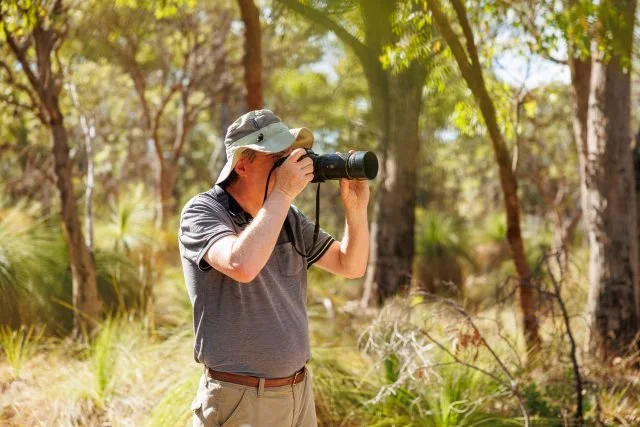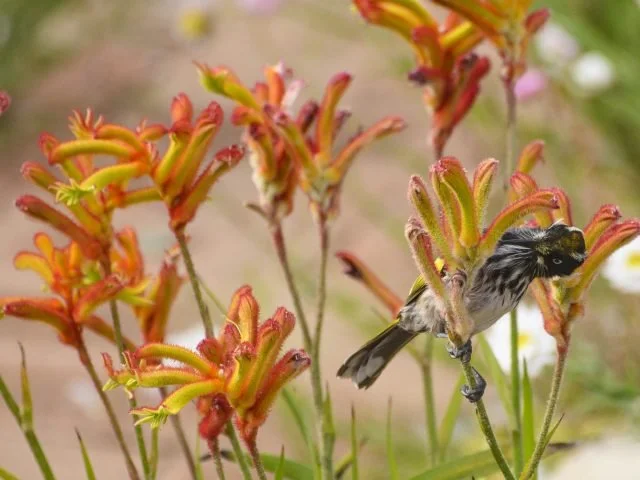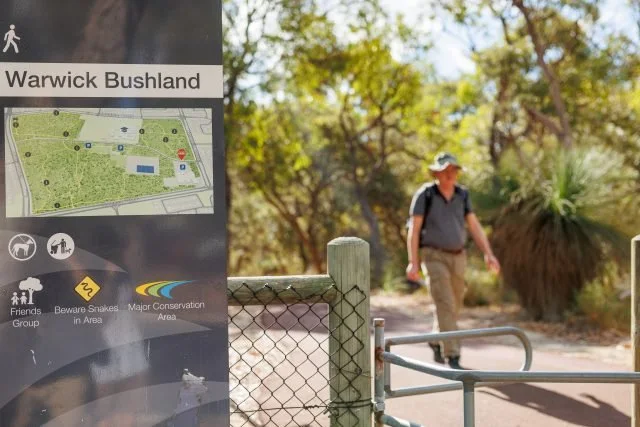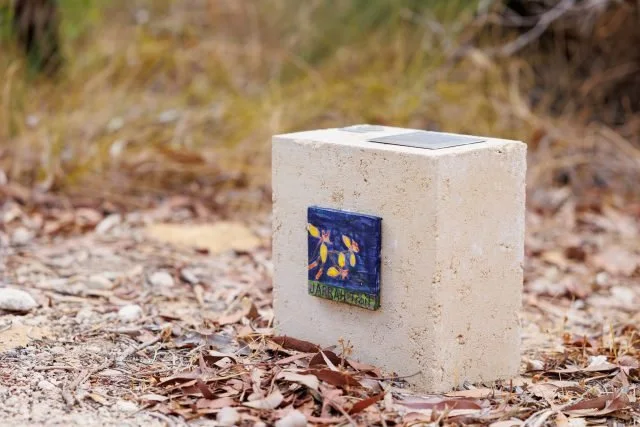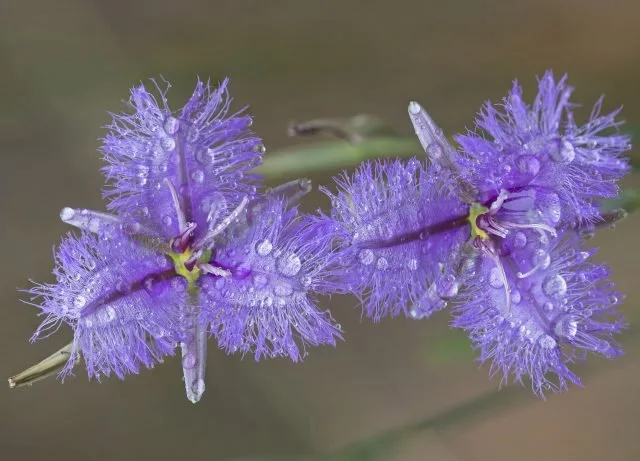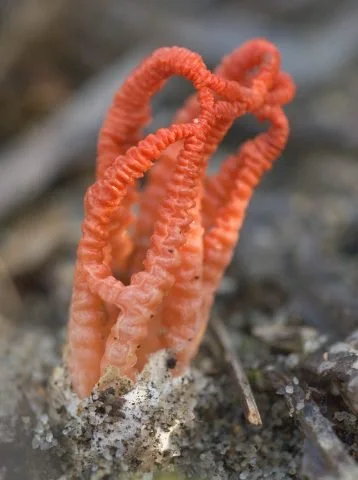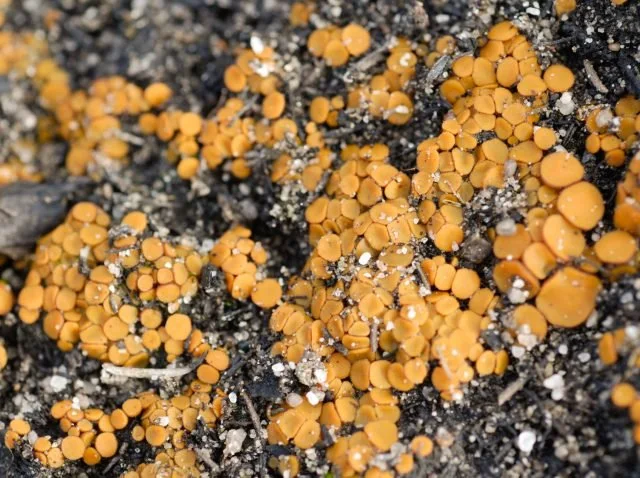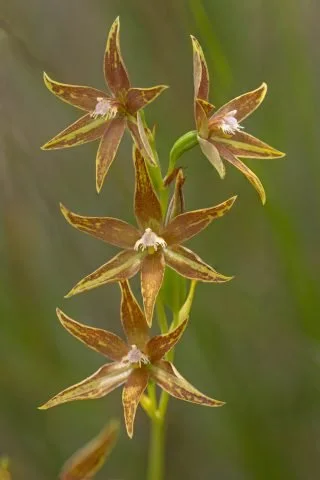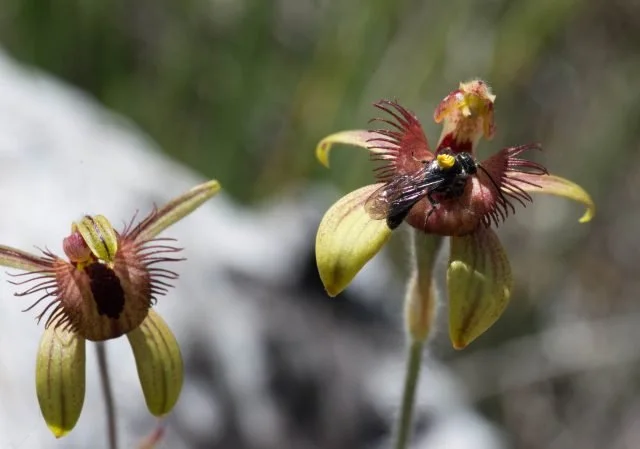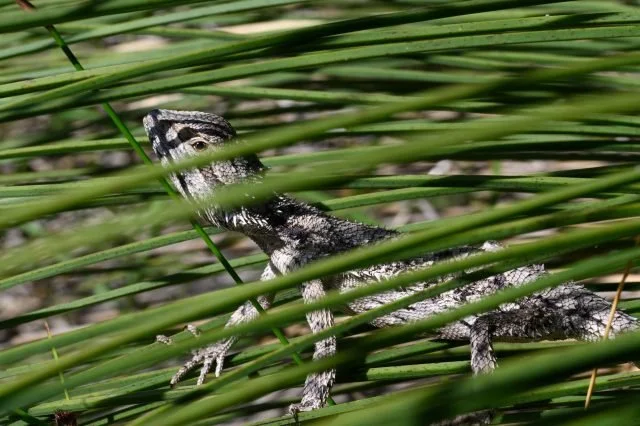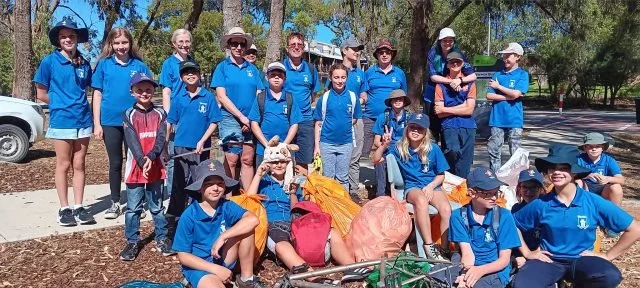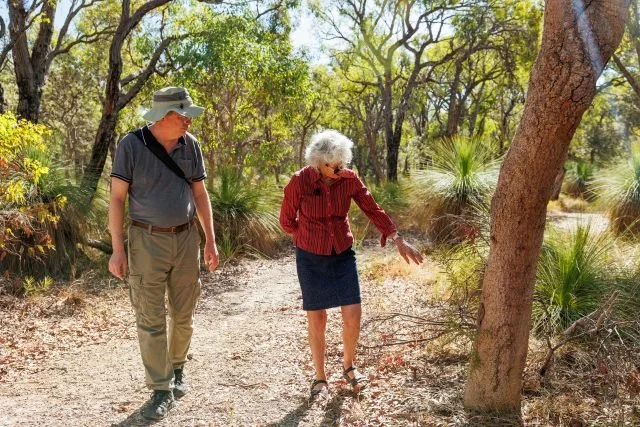A New Holland Honeyeater enjoying the wonderful wildflowers of Warwick Bushland.
Meet Mark Brundrett, a local resident who is an ecologist at the University of Western Australia (UWA) and the Western Australia Herbarium, and long-term volunteer for the Friends of Warwick Bushland. Mark has done fantastic work in natural area research and management and is a talented photographer and videographer. Keep reading to learn more about his journey and passion for our environment.
Working to protect our natural environment
Mark’s interests have always been focused on conservation and environmental protection. Some of his recent research as a retired Associate Professor at UWA and Honorary Research Associate at the Western Australian Herbarium is on pollination ecology and evolution, orchid conservation, the impacts of fire in urban bushland and partnerships between plants and fungi.
Mark has contributed to conservation efforts for over 25 years with the Friends of Warwick Bushland, alongside his wife Karen Clarke. Karen is also an ecologist and established the Friends Group in 1999. Together they have been documenting the flora, fauna and fungi of the area, monitoring vegetation condition and assisting with the management of the reserve ever since.
Friends of Warwick Bushland
Friends of Warwick Bushland (FoWB) work alongside the City of Joondalup to undertake bushland restoration by weed control and native plantings. The current focus for Mark as part of FoWB is making fire history maps, protecting orchids and prioritising weed control strategies.
The FoWB are fantastic at promoting the area and making Warwick Bushland an attractive destination for people of all ages. They have created exciting and educational public walking trails, such as their most recent Jarrah Trail, and in collaboration with the City installed lots of signage which makes walking through the bushland all the more enjoyable.
A day in the life of Mark Brundrett
Despite being retired, Mark’s passion for the environment keeps him incredibly busy. He continues to undertake a number of scientific research projects.
He can often be found at his research site across the road from Warwick Bushland, where he works on his long-term study of orchid pollination, his orchid conservation project (more below) or helping write papers on orchid pollination and diversity trends in Perth. Mark also works with a graduate student at UWA to study Hare Orchids in Warwick Bushland.
On weekends, Mark volunteers at weeding and planting days in Warwick Bushland and often runs incredibly popular FoWB orchid and wildflower walks.
There is no doubt that Mark is an incredibly busy man, making the most out of his passion for our natural areas. It’s inspiring to see that he makes time to volunteer. People like Mark help important volunteer groups like the FoWB continue their great work.
Mark recommends anyone interested in volunteering to help out where they can, as every little bit can make a huge difference.
Friends Groups need as many members as possible to continue their work. Friends Group activities include planting, weeding, watering and rubbish removal.
A picturesque paradise
With Mark’s research site so close by, Warwick Bushland is the perfect place for him to pursue his passion for photography. Mark often photographs orchids, wildflowers and the abundance of interesting wildlife that can be found there.
“I observe the amazing details of wildflowers and rare interactions in nature, such as buzz pollination of certain flowers by native bees,” says Mark.
Mark uses a photographic technique called focus stacking to reveal stunning and intricate details of wildflowers, such as Fringe Lily and orchids.
Mark also creates videos of the fascinating and beautiful act of orchid pollination.
Fascinating fungi
Mark, Karen and other fungi enthusiasts have documented very interesting fungi at Warwick Bushland too! Karen has uploaded fungus photos using the free citizen science app iNaturalist, and and these records contribute to the FungiMap project. iNaturalist is a great way to learn about nature, and to record weird or wonderful natural sightings in data repositories around the world. Karen's sightings can also be seen on the Atlas of Living Australia.
Fungi at Warwick Bushland include the striking (but stinky) Colus pusillus (pictured below). This fungus, also known as Red Tentacles or Basket Stinkhorn is recognised by its vibrant red colour and foul smell. The rotting meat-like scent attracts insects to its slime, which then spread the fungus’ spores around, helping it to reproduce.
Another interesting fungus is the Anthracobia melaloma. This type of fungi is part of a large group known as ‘Cup Fungi’, characterised by their disk or cup-shaped structure. These tiny fungi have small hairs around each cup’s edge and often cover ash beds after a bushfire.
Karen and Mark used to run ‘Fungi Forays’ with Fungimap and later the Perth Urban Bushland Fungus Project at Warwick Bushland and as part of FoWB, often leading a Fungi Guided Walk each autumn. Unfortunately, with the lack of autumn rain this year it is unlikely a fungi walk will be offered in 2024. Look out in future years for FoWB’s guided fungi walks led by Mark to discover fungi and their fascinating facts.
Orchid observations
Mark’s favourite orchid is the beautiful Chestnut Sun Orchid (below). It has become very difficult to find anywhere else in Perth, but it can be found right on our doorstep at Warwick Bushland.
One of Mark's long-term conservation projects focuses on the genetics of many different groups of orchid varieties to see how they grow, flower and persist over time with changes to the natural environment. He has also been examining the impacts of lower rainfall over the last few years. Mark will often share his knowledge and research findings during FoWB’s Orchid and Wildflower Walks which take place in spring each year.
The Caladenia discoidea, or Dancing Spider Orchid, (below) has a very unique strategy for pollination. It produces a pheromone which mimics a female Thynnid wasp. The scent attracts the orchid’s pollinator, a male Thynnid wasp, to pollinate the orchid. This type of pollination, called sexual deception, is risky as it requires a single insect species to be present at the time.
Mark’s favorite fauna species is the Western Bearded Dragon. It can be very elusive and they like to hide in Balga skirts, watching and observing passersby from a distance. Mark also likes to share what you can learn about other fauna species you might be lucky enough to find on the FoWB website.
Involving our youth
The FoWB, led by Stephanie Murphy, are encouraging younger people to get involved in taking care of natural areas and our environment.
The group often collaborate with the Warwick Scout Group and Cub Scouts for planting days and bushland clean-up days, such as their recent ‘Clean up Warwick Bushland’ event last month, and their upcoming Planting Day with Warwick Scouts and Cubs on Sunday 9 June 2024. Providing opportunities for young people to engage with their local bushland is the best way to develop a lasting passion and respect for the natural environment.
FoWB also encourage families to spend their weekends in the bushland. Whether that be helping at a planting, weeding or rubbish removal event with a local Friends Group or by enjoying a walk and learning about bushland, it all helps establish a lifelong connection and love for nature. All FoWB events are family friendly and are great weekend activities that everyone will enjoy.
All of the Point of Interest Walk Trails within Warwick Bushland are also family (and dog on lead) friendly and are a great way for people of all ages to learn more about the plants, animals and fungi of Warwick Bushland.
Local patches of urban bushland
Mark recommends getting involved with your local Friends Group by attending a guided walk or bushcare event. These events are perfect for starting to learn about interesting facts about your local bushland area, and the plants and wildlife that enjoy it. Attending one of these events also helps discover the huge impact that volunteering can make, and how our efforts can help protect and conserve wildlife and natural areas.
Get involved with FoWB through their website or Facebook page or subscribe to their newsletter to be notified about bushland events.
Mark and the FoWB are doing great things to help protect our environment. If you are interested in his amazing work, you can:
- Read Marks most recent paper, a comprehensive review of everything known about the pollination of flowers in Southwestern Australia!
- Visit Mark’s ResearchGate webpage to find more publications.
- Join Friends of Warwick Bushland. They run some fantastic events and have so much knowledge to share!
- Subscribe to the Friends of Warwick’s eNewsletter for upcoming events.
- Subscribe to Mark’s Youtube channel and view the fascinating flower videos.
- View Mark’s photography on Flickr for more spectacular images of Warwick Bushland.
- If you are interested in orchids, you can join the WA Native Orchid Study and Conservation Group or Wildflower Society of WA.
- Join your local Friends Group to help preserve and protect our natural environment.

